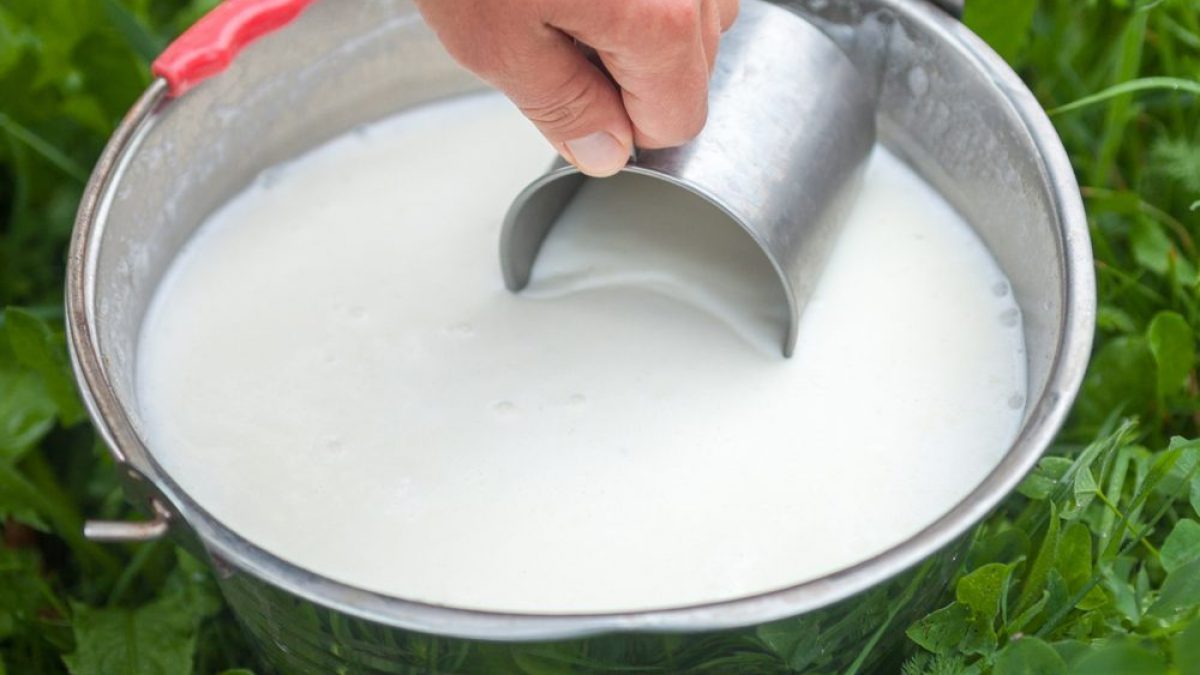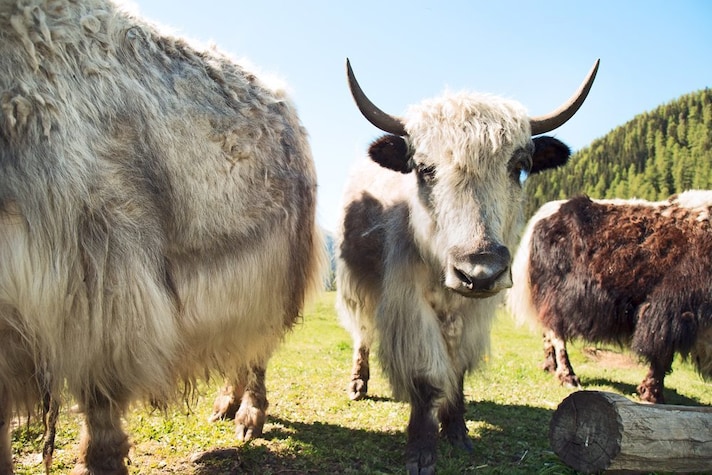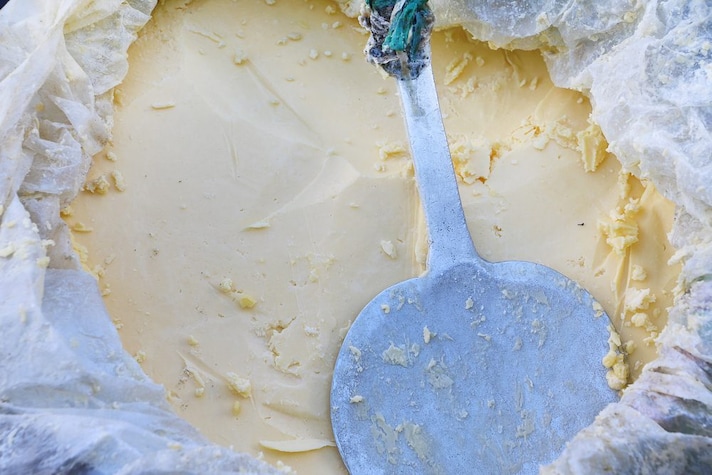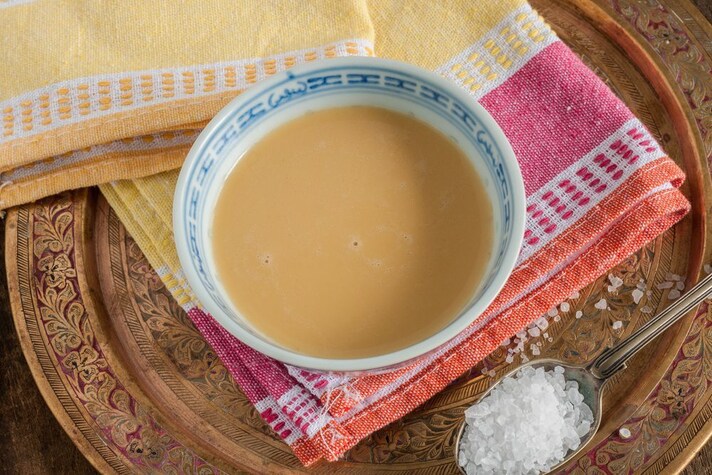
When you hear about yak milk in the U.S., you automatically associate it with dog food: it's a key ingredient, due to its rich nutritional and energy-giving properties. But yak milk is actually much more than that.
Native to Tibet and the surrounding mountain ranges, the yak is a large, bull-like bovid mammal, used in its native land as a beast of burden, but also for meat and milk production: a female yak can produce up to 300 liters of milk a year. Highly nutritious, so much so that Tibetan nomads suffer no vitamin or mineral deficiencies despite their limited access to fruits and vegetables, yak milk is still quite rare in our part of the world.
However, there are some niche yak farms in the U.S.:
- North America has around 30+ yak ranches, many located in mountain states like Wyoming, Oregon, Colorado, and parts of Canada.
- Some operations, such as Firebird Farms in Oregon, raise yaks primarily for meat, fiber, and occasionally milk, though milking can be challenging due to their anatomy and low milk yield (typically only 1–2 gallons per day).
- A small number of U.S. dairies are exploring yak milk and specialty cheeses, like Prairie Sky in Wisconsin, which import Himalayan yak milk and aim to develop domestic yak cheese production.

What is Yak Milk, the Precious Product of Tibetan Bovids?
Yak milk—or more precisely, dri, the name of the female—has very little in common with our milk. It is a unique product, owing much to the habitat in which the animal that produces it grows and the characteristics of its large body, designed to withstand the harsh environmental conditions of the areas in which it lives. The yak, a ruminant animal and quintessential symbol of Tibet and the great Himalayan peaks, has been raised since ancient times by local populations, who have always used its milk as a fundamental component of their diet.
Produced by the animal only at certain specific times of the year, yak milk is mainly used to make cheese and butter, and is also the main ingredient in the iconic Tibetan tea.

Yak Milk's Properties, a True Superfood
Yak milk is a true concentrate of energy, a superfood so nutritious that it provides the inhabitants of Tibet with all the nutrients necessary for a healthy diet: it is very rich in animal proteins, present in a percentage ranging from 4 to 6%, and is also very energetic, with its fat component reaching up to 10%.
Furthermore, yak milk is rich in antioxidants and essential vitamins, precious allies for the body, but it is less rich in minerals. Due to its high lipid concentration, it is extremely high in calories and has a very intense flavor, reminiscent of Italian yogurt.
What Do You Make With Yak Milk? Cheese, Butter, and "Bò Cha"
The very first use of yak milk is cheesemaking, a specialty of high-altitude villages. Production is very limited, as it is entirely artisanal and strictly local. The resulting cheeses, the most famous of which is chhurpi (or churpi) produced in Tibet and Nepal, come in various varieties, and in some cases use techniques so ancient that the Food and Agriculture Organization of the United Nations has classified some of these products. Even Slow Food has created a special Presidium for these Tibetan Plateau cheeses.

Yak milk is also used to make another famous product, butter: it is eaten fresh, is extremely caloric and energetic, and can be preserved for a long time, which is why every family produces and consumes a huge quantity.
Yak butter is also used to prepare an iconic Tibetan drink, Bò cha, a very special beverage made with loose-leaf tea and salt, and flavored with butter . Emulsified to create a hot, thick beverage, it is a common drink, and the first food offered to guests.

Furthermore, local tradition also holds that one of the functions of yak butter is to protect the lips from the cold, a bit like a kind of natural lip balm. Yak milk is also drunk fresh, made into yogurt, and in some areas, a type of powdered milk is even made from it.
Yak Milk and Dog Bars
Yak milk isn't widely used as a food in the U.S., but it's known for another interesting reason: it's one of the main ingredients in dog food bars. Only recently has yak milk become more widely known as a food, as it has always been associated with canine nutrition. Being a high-energy food, it's very beneficial for puppies as they grow, while for adult dogs, it's a high-energy yet healthy snack, given its very low lactose content.
;Resize,width=767;)
